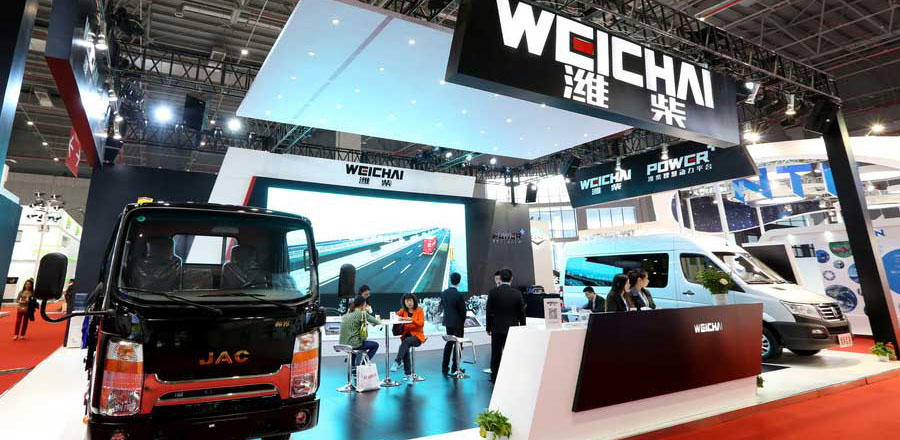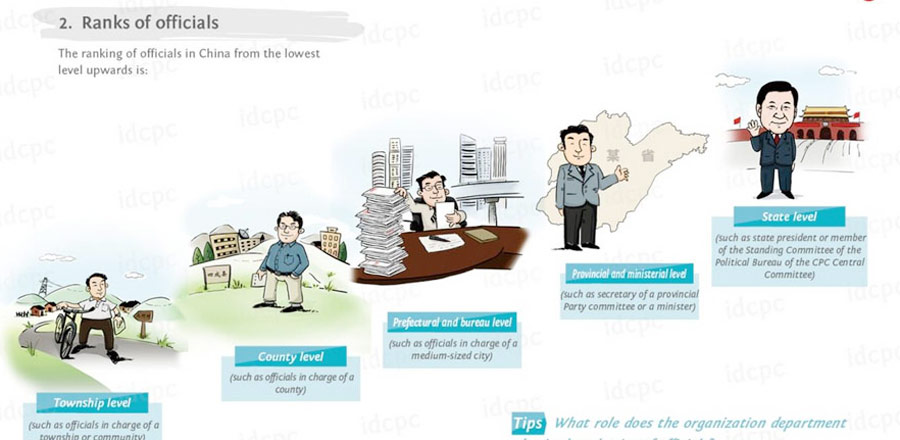
LHASA -- Kelsang, 62, is delighted to see more tourists visiting his hometown.
For the past 20 years, he has made a living by providing horses to Buddhists and tourists wanting to make the mountainous journey to Yumbulagang, Tibet's first temple, in Shannan Prefecture.
He makes more than 300 yuan ($45.6 dollars) a day during peak season. "Much better than toiling in the fields," he said.
Kelsang said his income increased after the Qinghai-Tibet railway opened 10 years ago, and more tourists could access the plateau area in southwest China.
Since July 1, 2006, the 1,956 kilometer railway, which at its highest point is 5,072 meters above sea level, has linked Xining, capital of Qinghai Province, to Lhasa, capital of Tibet.
It is the world's highest and longest plateau railroad and the first to connect Tibet Autonomous Region with the rest of China.
In 2015, 20.2 million tourists visited Tibet, 11 times more than before the railway opened. Moreover, tourism revenue last year exceeded 28 billion yuan, 15 times more than a decade ago.
Liu Wengang, a train operator, said train tickets sold very quickly. Often, during the peak season from April to September, they sell out a month in advance.
To meet demand, six passenger trains run every day. The number of cargo trains has also doubled to 10 trains daily.
"The Qinghai-Tibet Railway has activated the potential of Tibet, which was untapped for years, and attracted investment," said Liao Yidong, vice chairman with Tibet Federation of Industry and Commerce.
Chinese dairy giant Mengniu announced earlier this month it would invest 200 million yuan in to a dairy farm and processing project in Lhasa.
Yang Haijiang, a planner with Qinghai-Tibet Railway Co., said the line now has 18 loading stations, including industrial zones and coal bases, with trains transporting industrial salt, fertilizers, alkali, coal, aluminum, and iron ore out of the plateau from these stations.
According to Yang, more railway lines are also planned on the plateau, such as one connecting Nyingchi, Tibet, with Ya'an, Sichuan Province.
"With these lines forming a network, 'the roof of the world' will become more accessible," said Yang.
According to Tibetan government statistics, GDP surged from 25 billion yuan in 2005 to 102.6 billion yuan in 2015, with an annual growth rate of over 10 percent. The figures in Qinghai also rose, from 64 billion yuan in 2005 to 241.7 billion yuan in 2015.














